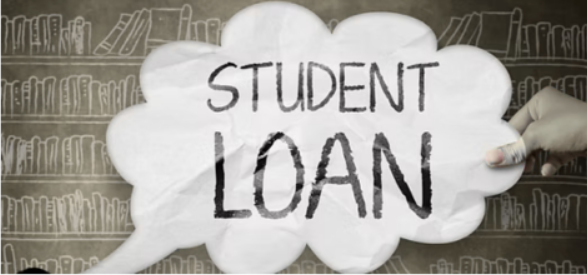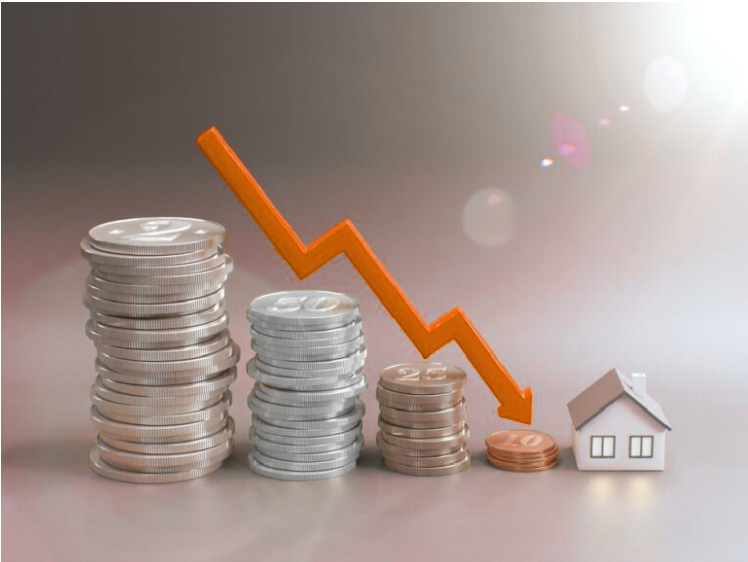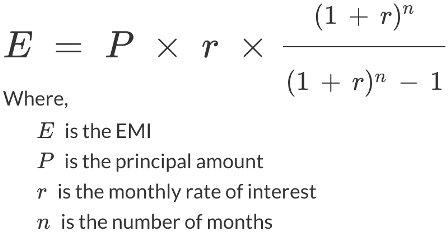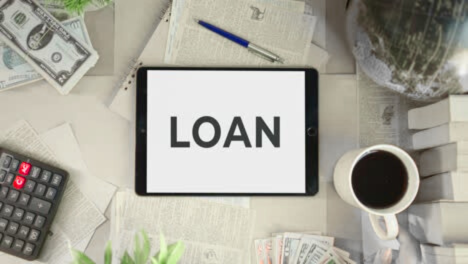Student Loan Forgiveness Programs Around the World
Paying off student loans can feel like a lifelong commitment, and for many graduates, debt often overshadows the excitement of building a career. Around the world, governments and institutions have introduced student loan forgiveness programs to ease this burden. These initiatives aim to support students who enter critical professions, contribute to society, or face financial hardship. Understanding how different countries handle student loan forgiveness provides valuable insights for students, policymakers, and even families planning for higher education.
What Is Student Loan Forgiveness?
Student loan forgiveness refers to programs that cancel or reduce a borrower’s student debt, often based on employment, income level, or social contributions. Unlike deferment or refinancing, forgiveness programs eliminate a portion (or all) of the debt under specific conditions.
Key elements often include:
- Service-based forgiveness – rewarding graduates in teaching, healthcare, or public service.
- Income-driven repayment forgiveness – wiping out remaining balances after a set period of payments.
- Hardship or disaster relief forgiveness – cancellation during emergencies, such as natural disasters or pandemics.
Why Countries Adopt Student Loan Forgiveness Programs
Governments don’t offer these programs solely out of generosity. They serve larger economic and social goals, such as:
- Encouraging public service careers like teaching, nursing, or law enforcement.
- Attracting talent to underserved regions or industries.
- Reducing financial inequality by supporting low-income graduates.
- Boosting national productivity by allowing young professionals to invest in housing, business, or family life instead of years of repayment.
Student Loan Forgiveness Programs Around the World
United States
The U.S. offers one of the most well-known and complex student loan forgiveness systems.
- Public Service Loan Forgiveness (PSLF)
- Available to borrowers working in government or nonprofit organizations.
- Requires 120 qualifying payments (about 10 years).
- Remaining balance is forgiven tax-free.
- Available to borrowers working in government or nonprofit organizations.
- Teacher Loan Forgiveness
- Teachers in low-income schools can receive up to $17,500 forgiven.
- Teachers in low-income schools can receive up to $17,500 forgiven.
- Income-Driven Repayment (IDR) Forgiveness
- After 20–25 years of payments, the remaining debt is forgiven.
- Includes plans like IBR, PAYE, and REPAYE.
United Kingdom
The UK system is more automatic compared to the U.S.
- Graduates repay a percentage of income above a set threshold.
- After 30 years, any remaining balance is automatically written off.
- Teachers and NHS workers don’t have separate forgiveness programs, but the universal write-off helps reduce long-term debt.
Canada
Canada offers both federal and provincial programs.
- Repayment Assistance Plan (RAP): If borrowers can’t afford payments, the government may cover interest or part of the principal.
- Loan Forgiveness for Family Doctors and Nurses: Up to $40,000 forgiven for doctors and $20,000 for nurses working in rural areas.
Australia
Australia uses the HECS-HELP system, which is tied to income.
- Borrowers repay loans only when earning above a specific income threshold.
- There isn’t traditional “forgiveness,” but after a borrower’s death, unpaid loans are written off.
- Some professions may qualify for partial waivers.
Germany
Germany stands out because most higher education is tuition-free. However, where loans exist:
- The BAföG program supports students with partial grants and loans.
- Repayments are capped, and debt forgiveness may occur if graduates pay diligently within a time frame.
France
France’s system is grant-heavy, so student loan debt is rare. However:
- For those who do borrow, hardship forgiveness options exist.
- Social policies prioritize reducing financial stress for students upfront.
Nordic Countries (Norway, Sweden, Denmark, Finland)
These nations heavily subsidize education, but student loans still exist.
- Forgiveness often applies if students complete their degrees on time or move into public service roles.
- In Norway, up to 40% of loans can be converted to grants if requirements are met.
Japan
Japan has the JASSO system, offering income-contingent repayment.
- Forgiveness is rare, but repayment adjustments exist for low-income graduates.
- Some local governments offer repayment subsidies to attract professionals to rural areas.
South Korea
South Korea faces one of the highest student debt burdens in Asia.
- The government provides Income-Contingent Loans where repayments adjust with income.
- In special hardship cases, partial forgiveness may apply.
Developing Nations (India, Kenya, Philippines)
In emerging economies, forgiveness programs are limited but growing.
- India: Scholarships and loan waivers exist for economically weaker sections.
- Kenya: Teachers and doctors working in rural regions may receive subsidies.
- Philippines: Programs forgive student loans for graduates serving in public hospitals or schools.
Comparison Table of Student Loan Forgiveness Approaches
| Country | Main Approach | Forgiveness Type | Notable Feature |
| USA | PSLF, IDR, profession-based | Partial or full | Complex but broad options |
| UK | Automatic after 30 years | Full write-off | Based on income thresholds |
| Canada | RAP + profession-based | Partial or full | Strong support for healthcare workers |
| Australia | Income-contingent repayment | Write-off at death | Flexible repayment, no traditional forgiveness |
| Germany | BAföG capped repayment | Partial | Cap prevents extreme debt accumulation |
| Norway | Loan-to-grant conversion | Up to 40% forgiven | Encourages degree completion |
| Japan | Income-contingent repayment | Rare forgiveness | Local subsidies for rural professionals |
| South Korea | Income-linked loans | Limited forgiveness | Case-by-case hardship relief |
Benefits of Student Loan Forgiveness Programs
- Encourages social equity by supporting low-income graduates.
- Strengthens essential sectors like healthcare and education.
- Stimulates economies as young people spend more freely.
- Prevents lifelong debt traps that discourage higher education.
Challenges and Criticisms
- High cost to governments – taxpayers often bear the burden.
- Moral hazard – some argue forgiveness may encourage borrowing without accountability.
- Unequal access – rural or developing regions may lack robust programs.
- Administrative complexity – as seen in the U.S., where approvals are often delayed.
Future of Student Loan Forgiveness Globally
With rising tuition and living costs, more countries are rethinking debt policies. Hybrid models combining income-based repayment, targeted forgiveness, and upfront subsidies are gaining traction. Technology also enables faster eligibility checks and repayment tracking.
👉 If you’re exploring how much student debt you might manage or repay, try our student loan calculator tool to model different repayment and forgiveness scenarios.
Frequently Asked Questions (FAQs)
1. What is student loan forgiveness?
It’s a program that cancels part or all of your student debt if you meet specific conditions, such as working in public service or making consistent payments for a set period.
2. Do all countries offer student loan forgiveness?
No. While nations like the U.S., UK, and Canada have structured programs, many countries (like France and Germany) rely on low tuition or grants instead of large-scale forgiveness.
3. Who qualifies for loan forgiveness in the U.S.?
Eligibility varies, but public service workers, teachers, healthcare providers, and low-income borrowers often qualify.
4. How does loan forgiveness work in the UK?
After 30 years of payments, any remaining balance is automatically erased, regardless of profession.
5. Are forgiven loans taxable?
In some countries, yes. For example, certain U.S. forgiveness programs may count forgiven debt as taxable income, though PSLF is exempt.
6. Is forgiveness better than refinancing?
It depends. Refinancing lowers interest rates, while forgiveness eliminates debt. Borrowers with public service careers usually benefit more from forgiveness.
7. Can private student loans be forgiven?
Rarely. Most forgiveness programs apply to government-backed loans. Private lenders may offer hardship options but not full forgiveness.
8. Which countries have the most generous forgiveness policies?
The UK and Nordic countries are considered the most borrower-friendly, while the U.S. offers broad but complex forgiveness options.
9. How does forgiveness affect credit scores?
Forgiveness generally improves credit scores by reducing debt-to-income ratios. However, missed payments before forgiveness can still hurt scores.
10. Will student loan forgiveness expand in the future?
Yes. Rising education costs and global labor shortages are pushing governments to strengthen or introduce new forgiveness models.
Conclusion
Student loan forgiveness programs play a vital role in shaping access to education and financial stability worldwide. While approaches differ from automatic write-offs in the UK to profession-based incentives in Canada and the U.S. the underlying goal is the same: easing the weight of debt so graduates can thrive.






